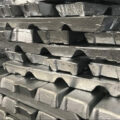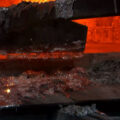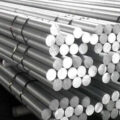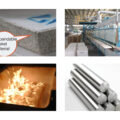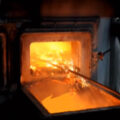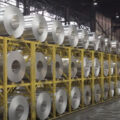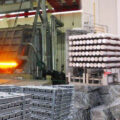The recycling of scrap aluminum is a cycle from product to product, maximizing the life of resources. In this process, problems such as quality loss, energy consumption and pollutant emission are involved.

The full life cycle of aluminum refers to the process of going through an infinite life cycle until it completely loses the properties of aluminum.
The life cycle quality of aluminum refers to the cumulative quality that can be used after infinite cycles of use. For example, for 1kg of aluminum, the one-time recycling coefficient (R) is R1=0.8, R2=0.95, and the total mass of the whole life cycle is 5kg and 20kg respectively. That is, 1kg of aluminum parts, after polydrink use, recycling, and regeneration, with a utilization factor of 0.8, the total life cycle total mass is about 5 kg. When the utilization factor is 0.95, the total mass of the whole life cycle can reach 20 kg. It is explained here that in the recycling process, less loss and more recovery are equivalent to more production and longer service life.
Furthermore, aluminum is smelted from ore into primary aluminum ingots, which consumes more than 20 times the energy consumption and recycles from scrap aluminum. And copper is 6.2 times, zinc is 3.6 times, lead is 2.7 times, and iron is 2.5 times. This shows the superiority of recycling scrap aluminum.
There are abundant sources of aluminum recycling, and it is easy to reduce pollution produced in the process of aluminum melt refining, processing, manufacturing, use, recycling and reuse, and the material quality and energy utilization can be optimized.
The output of recycled aluminum in the world is increasing year by year. The average annual growth rate of secondary aluminum in the United States is 6.2%, which is much higher than the 0.1% growth rate of primary aluminum production in the same period. The production volume of secondary aluminum and primary aluminum in industrially developed countries has approached or even exceeded 1:1.
Raw material (aluminum scrap) costs at least 85% of the production cost of recycled aluminum ingots. Therefore, how to collect a large amount of low-cost and high-quality aluminum scrap will determine the overall economic situation of the enterprise to a large extent, which explains why the procurement of aluminum scrap is the focus of the secondary aluminum enterprises.



